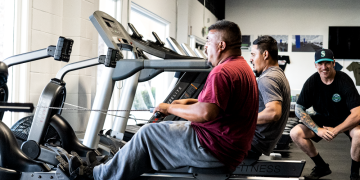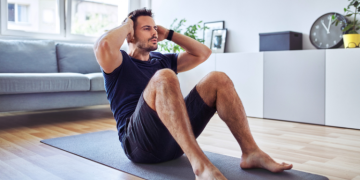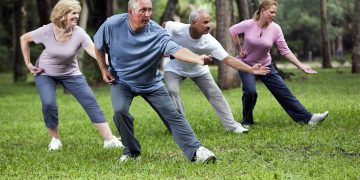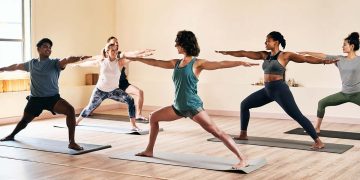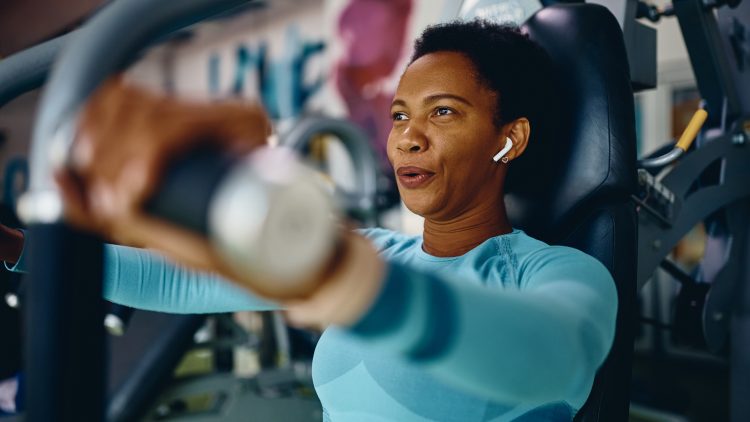Starting a fitness journey should be empowering, but for many, the very thought of entering a gym or group class triggers anxiety. Whether it’s fear of being judged, uncertainty about how to use equipment, or past negative experiences, exercise anxiety is more common than most people realize. Yet this barrier can prevent individuals from accessing the mental and physical benefits that regular movement provides. The good news? With the right strategies, mindset shifts, and support systems, you can move beyond that fear and start building a confident, sustainable relationship with fitness. This is not just about showing up at the gym—it’s about reclaiming your space and your health on your terms.
Understanding Exercise Anxiety
Exercise anxiety doesn’t always look like panic attacks or full-blown fear. For many, it manifests subtly: avoidance, procrastination, discomfort in fitness clothes, or negative self-talk. It can stem from body image issues, traumatic gym experiences, social comparison, or a belief that one has to look or perform a certain way to belong in a fitness setting.
The fitness industry’s emphasis on aesthetics over ability, and the often-intimidating culture of some gyms, can worsen this anxiety. Add to that the overwhelming amount of information online about “the right way” to exercise, and it’s easy to see why so many people hesitate to take that first step.
The first key to overcoming this anxiety is to recognize that it’s valid. You’re not weak or lazy; you’re facing an emotional hurdle that deserves care and attention. Like any form of anxiety, this one can be addressed—and even transformed—through intentional action.
Shift the Focus from Appearance to Empowerment
One of the fastest ways to reduce anxiety is to redefine why you’re moving. If your fitness goals are entirely based on changing how you look, you’re more likely to feel discouraged, judged, or ashamed—especially if results don’t come quickly. But if your focus shifts to what your body can do—be it increasing energy, improving strength, sleeping better, or reducing stress—you’ll start to view fitness as self-care rather than punishment.
Empowerment-based goals like walking up stairs without getting winded, being able to carry groceries easily, or simply feeling more at ease in your body provide meaningful motivation. When movement becomes a way to respect and care for your body rather than criticize it, your whole experience shifts.
Start in Safe, Low-Pressure Environments
One of the best ways to build confidence is to remove high-pressure variables. You don’t have to dive into a crowded gym or bootcamp class to start your journey. Home workouts, beginner-friendly online programs, or walks in nature can be effective starting points. These allow you to explore movement without the fear of being watched or compared.
If you’re drawn to the gym, consider going during off-peak hours or joining a small group class where the instructor can offer more personalized guidance. Many gyms offer introductory sessions to help you familiarize yourself with the space, equipment, and etiquette—don’t hesitate to take advantage of them. Remember, everyone was a beginner once, even the most confident people you see lifting weights or cycling at high speed.
Wear What Makes You Feel Good
Feeling self-conscious in workout attire is a major anxiety trigger. Social media and fitness marketing often push unrealistic body standards, leading people to believe they must look a certain way in leggings or tank tops. Here’s the truth: there’s no right body for exercise. The right outfit is the one that makes you feel supported, comfortable, and confident.
Choose clothes that you enjoy wearing—whether that’s loose, fitted, bright, or neutral. Functionality matters more than fashion. When you feel good in your gear, your focus shifts from how you look to how you move, and that’s where confidence begins to grow.
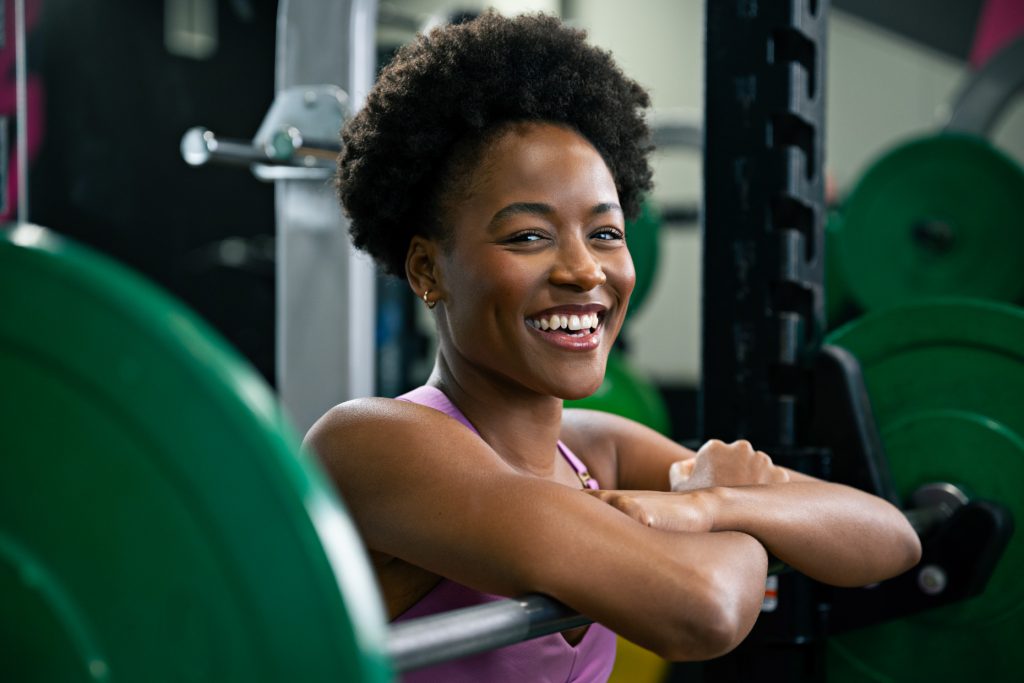
Create a Routine You Actually Enjoy
If the idea of exercise brings dread, you’re probably doing the wrong kind. Movement should feel like a gift, not a punishment. There are countless ways to get active—from dance and yoga to martial arts, rock climbing, swimming, or strength training. Try different modalities until you find one that lights you up or at least sparks curiosity.
Enjoyment is a powerful antidote to anxiety. When your workout is something you look forward to, it naturally becomes easier to stick with and less intimidating over time. It’s okay to skip the gym and go hiking instead, or to do a 15-minute stretch session instead of 45 minutes on a treadmill. Your movement, your rules.
Build a Supportive Social Circle
Surrounding yourself with supportive people can be transformative. This might mean finding a workout buddy who’s at a similar level, joining a beginner fitness group, or connecting with online communities that prioritize inclusivity and mental health over aesthetics. Just knowing you’re not alone in your experiences can help diminish fear and replace it with motivation.
If you’re ready for guidance, consider hiring a personal trainer—especially one with a reputation for working with beginners or individuals with anxiety. A compassionate coach can make a world of difference, helping you navigate unfamiliar territory with confidence and care.
Develop Self-Compassion and Celebrate Small Wins
One of the most important psychological tools in overcoming exercise anxiety is self-compassion. Too often, we measure success in terms of visible progress—weight lost, miles run, calories burned. But inner wins matter just as much, if not more.
Did you walk into a gym for the first time? That’s a win. Did you move for 10 minutes even though you were tired? Another win. Did you quiet that voice telling you you’re not good enough? That’s a huge win.
Track your progress in a journal—not just physical but emotional. Record how you felt before, during, and after a workout. Over time, you’ll notice that confidence builds with every small act of courage. By acknowledging these moments, you reinforce a positive narrative: “I can do this.”
Reframe Mistakes and Setbacks
Everyone has days when they skip a workout, feel out of place, or hit a plateau. But setbacks don’t define your journey—how you respond to them does. Instead of interpreting a bad day as failure, use it as data. Ask yourself: What was going on mentally or physically? What do I need more of—rest, encouragement, guidance?
Reframing setbacks as part of the process builds resilience. It also reinforces the idea that perfection is not required—consistency and kindness are.
Anchor Your Practice in Mindfulness
Bringing mindfulness into your workouts can radically shift your relationship with exercise. Instead of zoning out, tune in. Notice how your body feels during movement. Observe your breath. Listen to your internal dialogue. When anxiety arises, acknowledge it without judgment, then return your focus to the present moment.
Mindfulness teaches you to befriend discomfort, both physical and emotional. Over time, you’ll notice that the same awareness you cultivate in a workout can be applied to other areas of life—stressful meetings, hard conversations, or social settings. This mental resilience becomes a superpower far beyond the gym.
Make It Personal, Not Performative
In an age where workouts are often shared on social media, it’s easy to feel pressure to perform rather than participate. But your fitness journey doesn’t have to be public to be valid. In fact, keeping it private for a while can help you focus on intrinsic motivation—the deep, personal reasons why movement matters to you.
Your journey is yours alone. You don’t have to lift what others lift, run at their pace, or look like anyone else to belong. Confidence comes not from comparison but from authenticity. The more you align your actions with your values, the less room anxiety has to grow.
Embrace Progress Over Perfection
Confidence is not the absence of fear—it’s the willingness to act despite it. Each time you show up for yourself, whether that means going to a new class, stretching at home, or just putting on your workout shoes, you chip away at that anxiety. Over time, those chips become cracks, and those cracks let the light in.
The path to fitness doesn’t have to be fast, intense, or Instagram-worthy. It just has to be yours. By approaching movement with curiosity, kindness, and courage, you can build not just a strong body, but an unshakeable sense of self.







